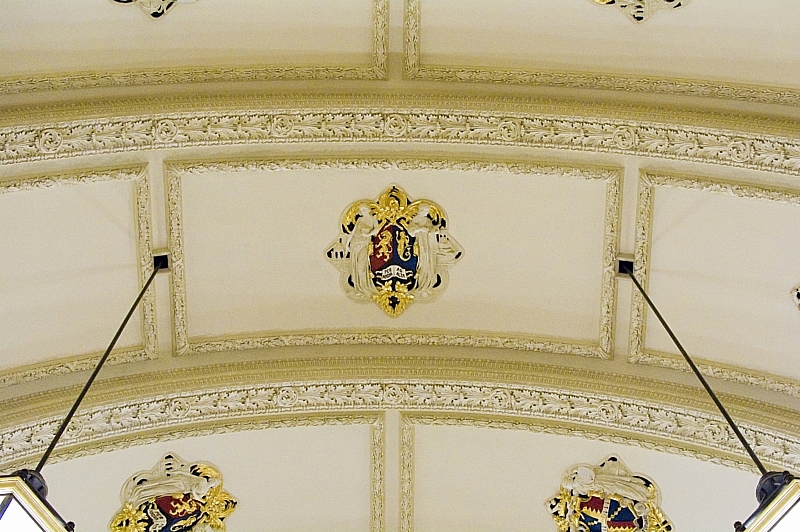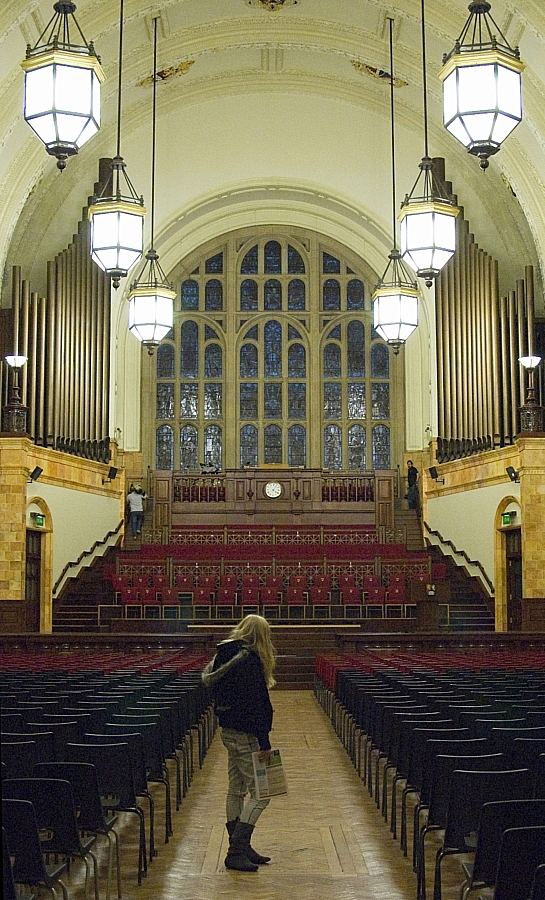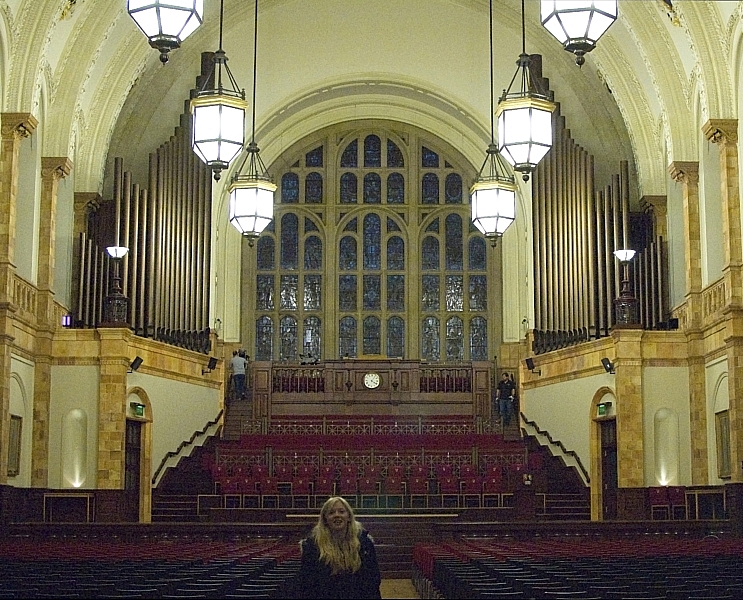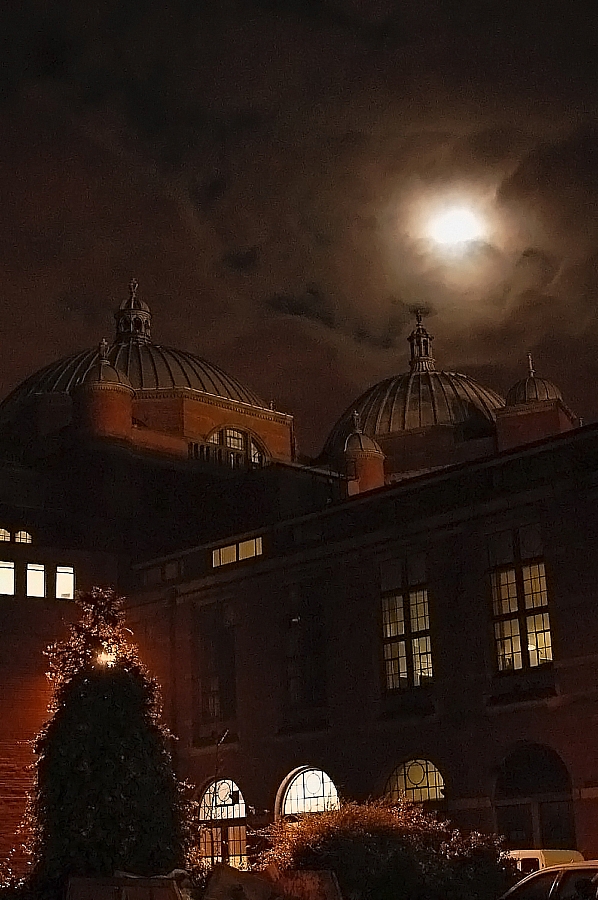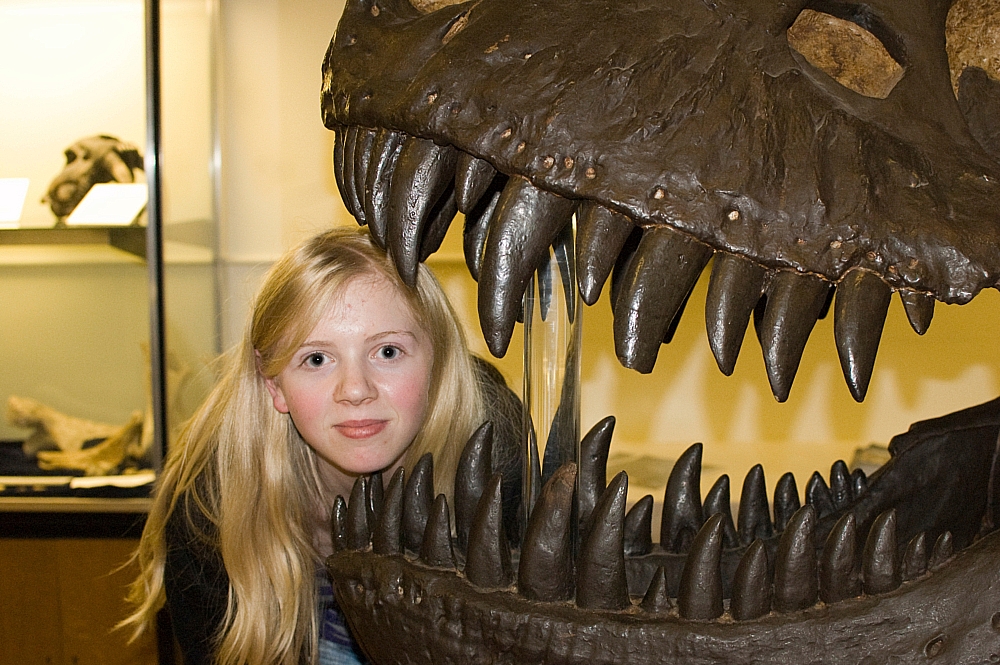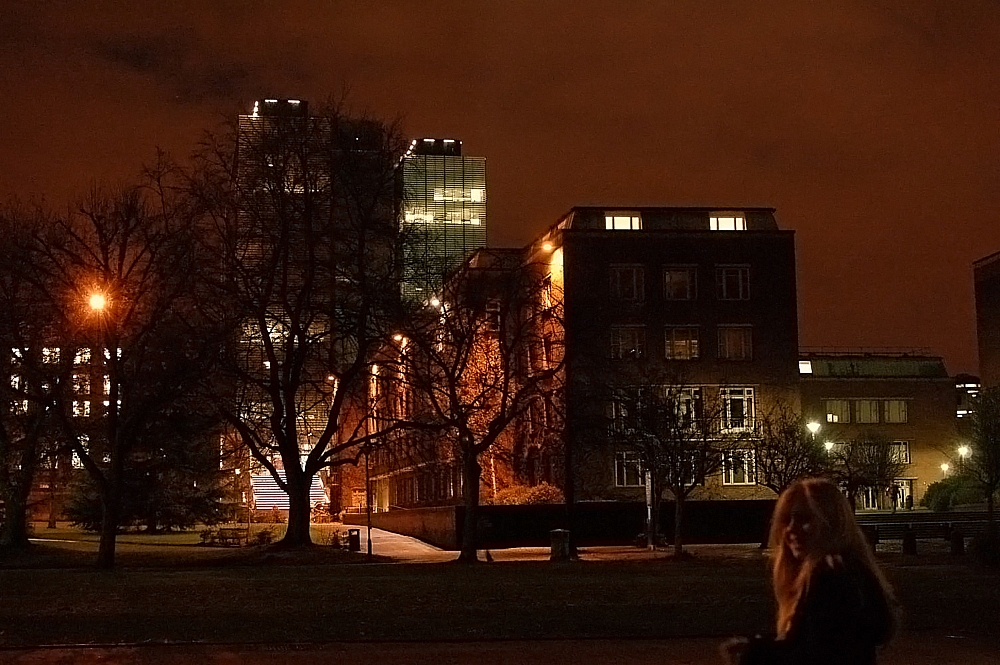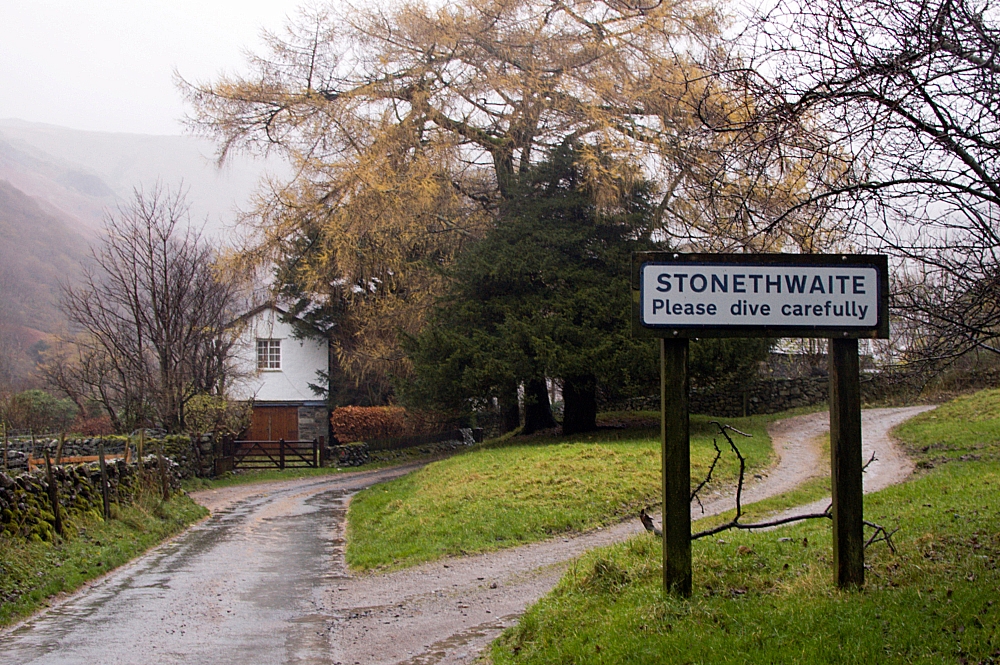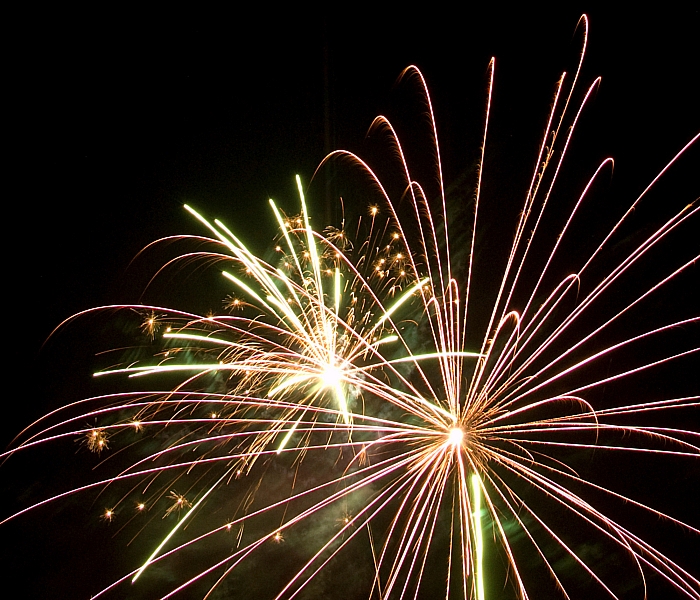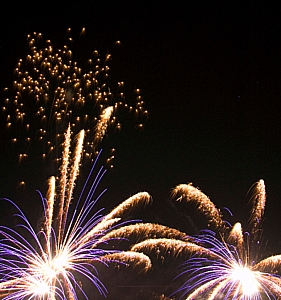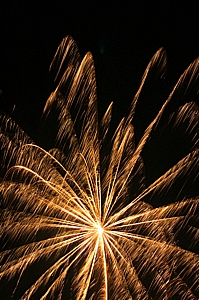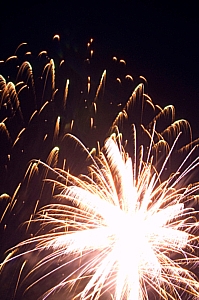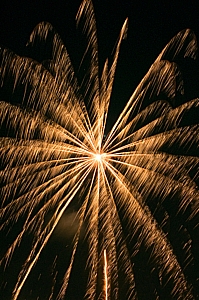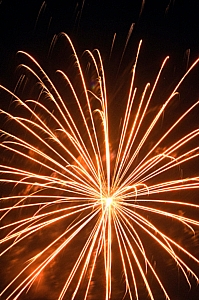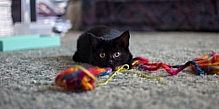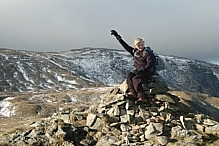At last - a more-or-less cloudless night. It was a chance to have a look through the new frac and to try out a few new tactics.
The first thing to do was to get the frac lined up with the Newt so that they were both looking at the same thing. Using Starry Night Pro and the ASCOM/EQMOD setup to control the mount meant that finding a suitable target was a doddle. I settled for Betelgeuse, the bright Red Giant forming the left shoulder of Orion. After a minor tweak to get it in the centre of the Newt's FOV, I adjusted the other scope and the two finders so that it was central to all.
Next up was my first attempt at web-cam autoguiding. The software of choice for this was PHD, as it was recommended by several folk that I've quizzed about the subject. The webcam was another Philips SPC900NC, famed for its ability to get good images in near-darkness due to the high-quality Sony CCD. Although the process was new to me, it was simple enough... slap webcam into frac, find and focus on a suitable star, press the "Start" button and that was it - it's self-calibrating and sends pulse-guiding signals via the ASCOM/EQMOD setup so that there's no data conflict. Beyond all expectations, it worked first time, so I was pleased about that.
Then it was time to find a suitable target for a test image. I didn't want to go for a complex victim like a nebula or galaxy, as I wanted to be able to examine the star-images to check for trailing and guiding errors. After scanning through lists and across the sky, I chose M35, an open cluster in Gemini, as it was high in the sky and would allow a decent period of time for the exercise.
So then it was time to go for it. I slewed the Newt to centre on the few visible stars of M35 and then adjusted the frac to find a guidestar, hit the buttons and let it go. Using the D50/MPCC combi in the Newt, I set the laptop to take a series of light and dark exposures of varying duration, went inside to make a brew and then sat outside skywatching in the strengthening wind. Aside from a couple of bright and unexpected meteors speeding over from the East, there wasn't much activity visible to the naked eye, but the binoculars revealed much more. Time was well-spent gazing at Orion's nebulae, The Pleiades, Andromeda and a few other familiar objects.
After the camera had finished with M35 it was time for a change. Mars was now within sight low in the East, so I slewed to that and had a good look around. The gibbous phase was obvious, but other than that it was hard to see anything as the wind had become so strong that it was deflecting the scope so much that the image wasn't stable. I did set up to catch Mars on the original webcam via the Newt, but didn't get any data because the target was moving off-chip due to the blowy conditions. After a few minutes of frustration the sky clouded over and that was it for the rest of the session.
In all it was a good exercise. Guiding sussed, first-light for the frac and some frames of M35. The following day I chugged through the images to cull all of the longer exposures, as they were blurred due to wind-shear. After that, the laptop was busy processing the remaining data, and eventually it spat out this:

M35 (NGC2168) in the centre, NGC2158 to the lower-right.
45 light and 45 dark frames restricted to 60 second exposure times due to wind-shear.
55 light and 55 dark frames with exposure times up to five minutes were considered unusable.
Despite the dumping of most of the frames it seems reasonably good to me, seeing as it was done for process-checking rather than as a pic for the mantelpiece. There's a bit of star-elongation due to wind-shear, but there are hardly any errors visible due to guiding, which is what I needed to know. Next time out I might try for some decent pics of this pairing, as there's something quite appealing about the arrangement, with the combination of newer blue and older red stars.
If you've a mind to go out looking for this target, here's a rough guide:

Finding M35

